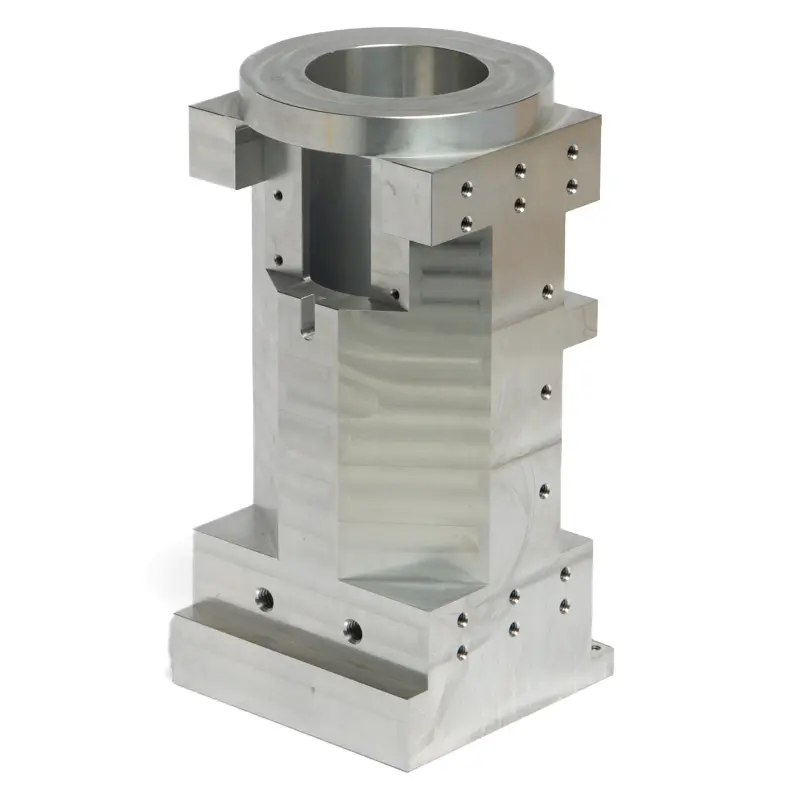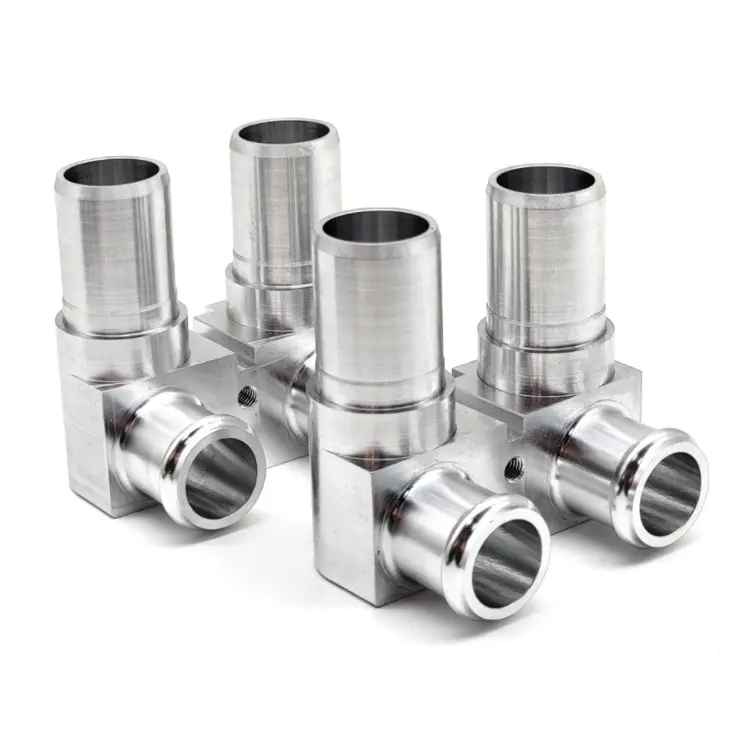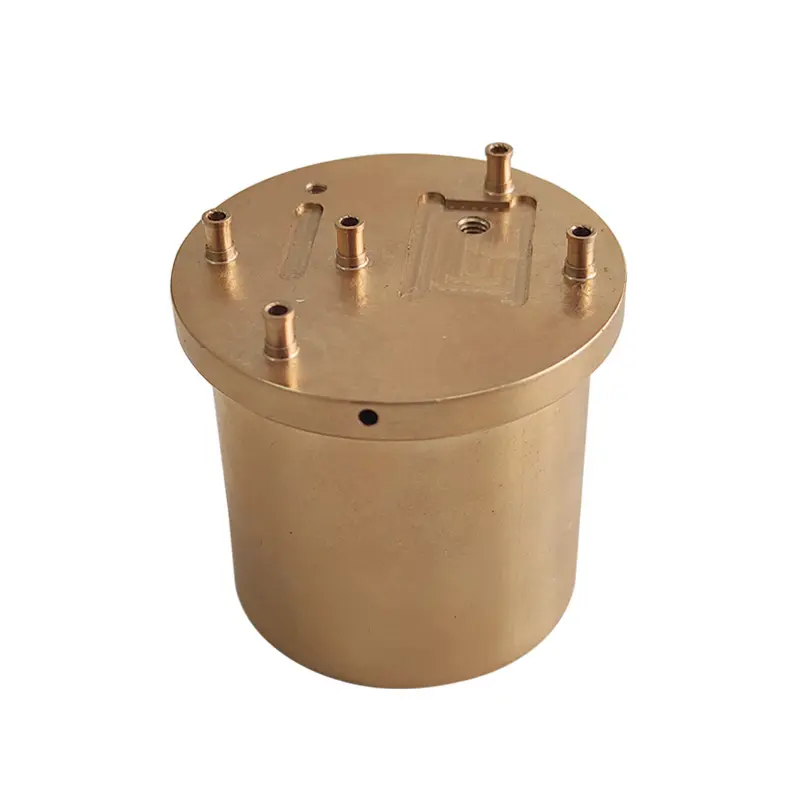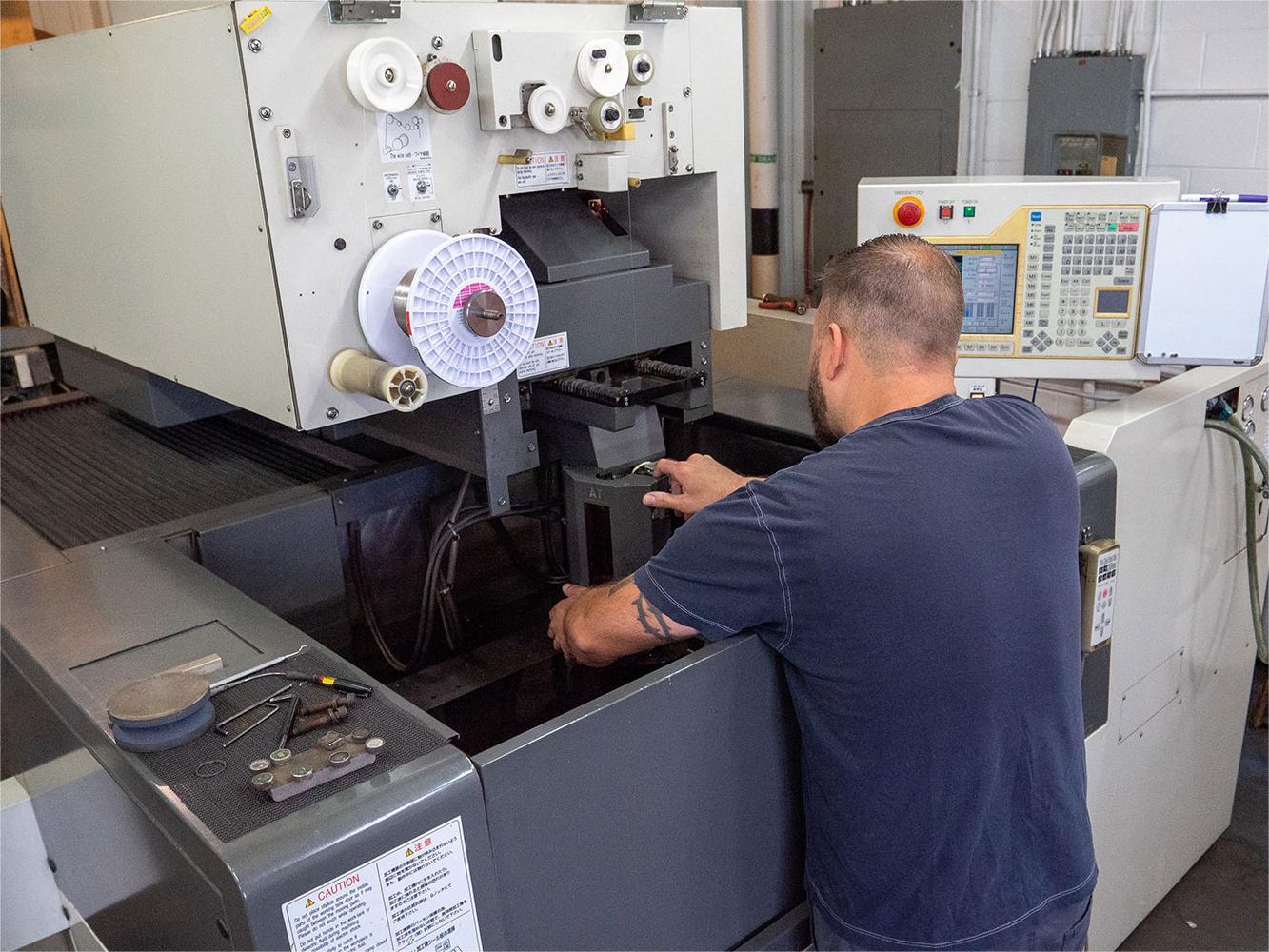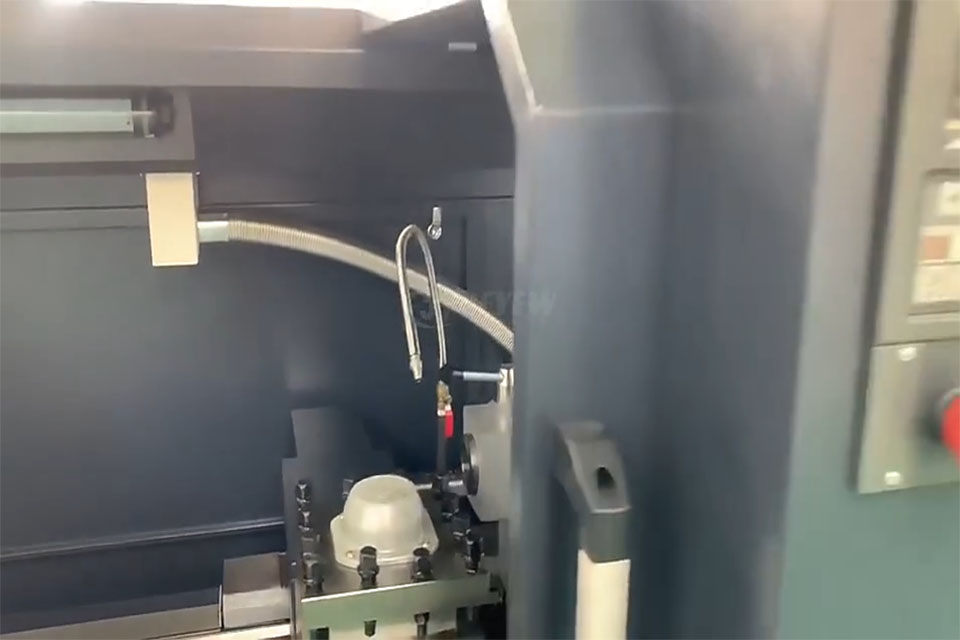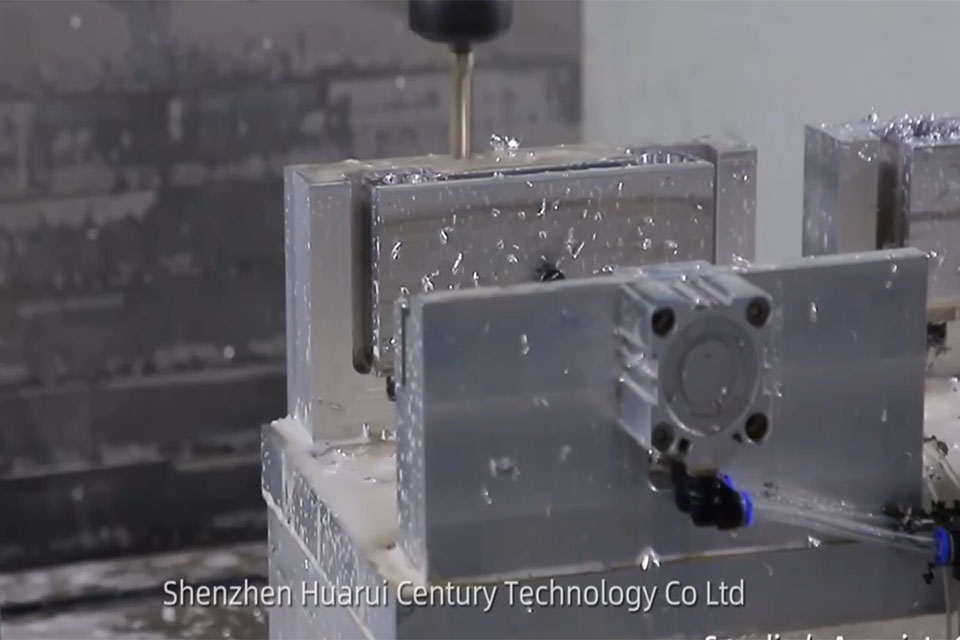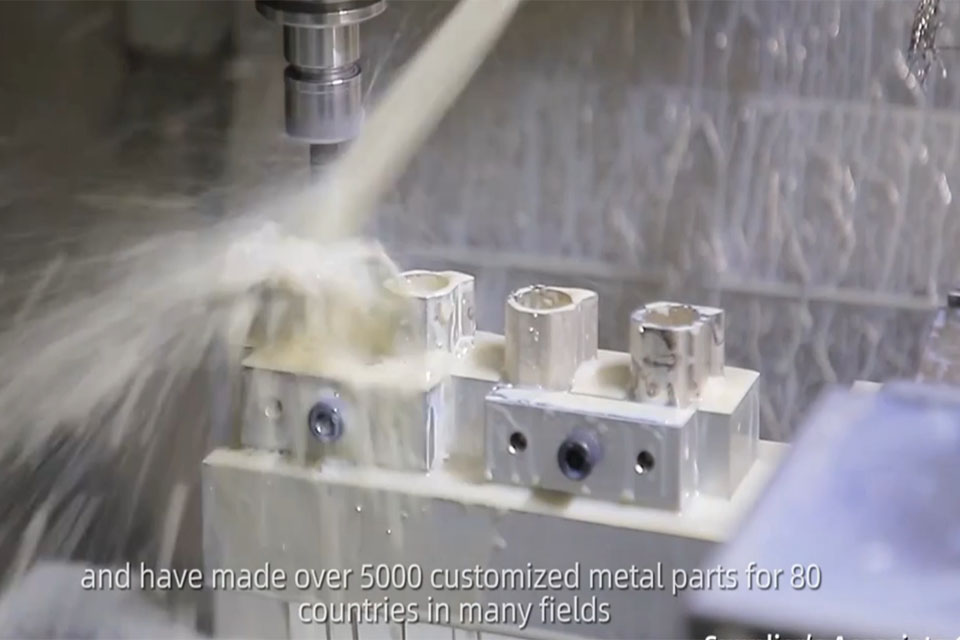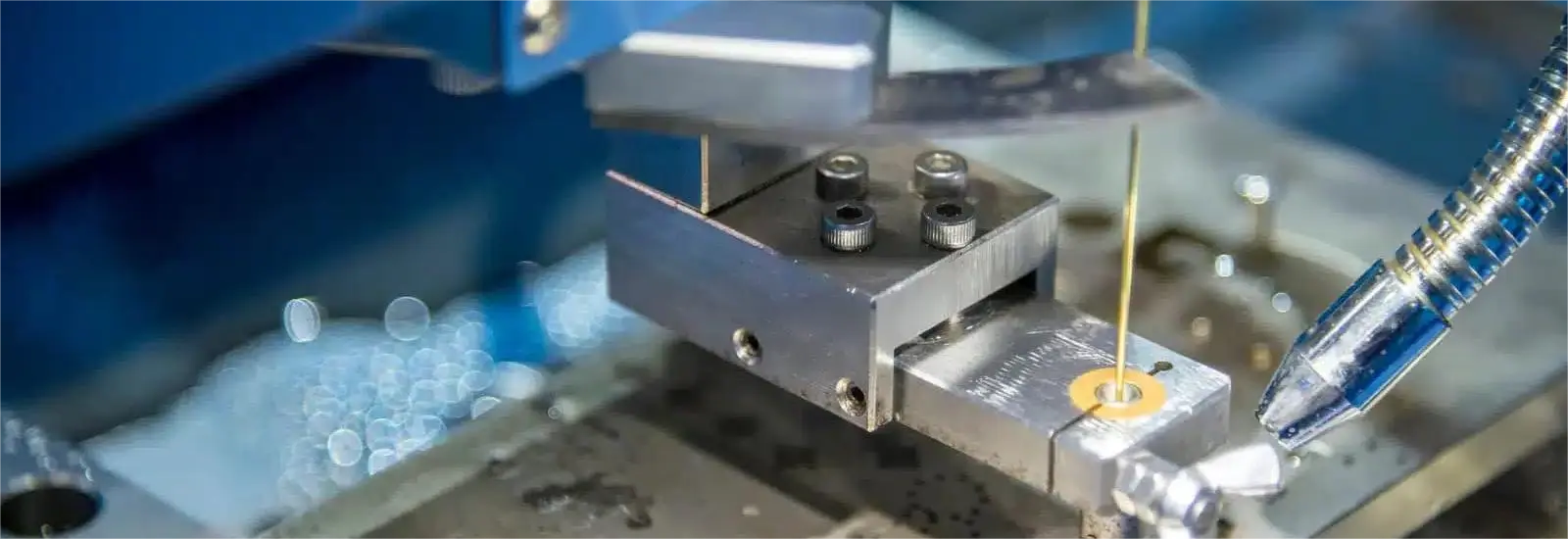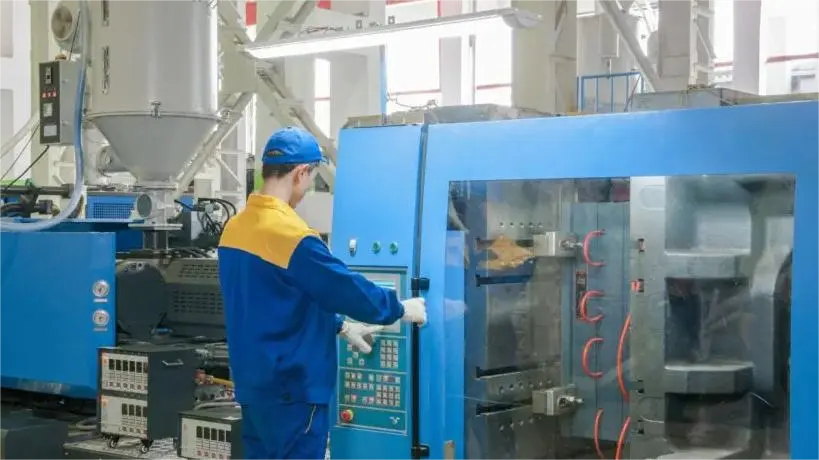
Overcoming CNC Machining Challenges: Strategies for Precision and Efficiency
目录
导言

The High Cost of CNC Equipment
One of the biggest hurdles in CNC machining is the initial investment required for advanced machinery and software. High-end CNC machines and CAD/CAM software licensing can be prohibitive for small to medium-sized enterprises (SMEs).

Impact:
- High upfront costs deter many businesses from adopting CNC technology.
- Ongoing expenses for software updates and maintenance add to the financial burden.
Solutions:
- Explore leasing options to reduce capital expenditure.
- Conduct a cost-benefit analysis to ensure ROI through increased productivity.
- Seek government grants or subsidies for technological upgrades [[2]].
Skilled Labor Shortages in CNC Machining
Operating CNC machines requires specialized skills, and the shortage of qualified operators is a growing concern.
Impact:
- Increased labor costs due to competition for skilled workers.
- Operational inefficiencies caused by insufficient expertise.
Solutions:
- Develop in-house training programs to upskill existing employees.
- Partner with educational institutions for apprenticeship programs.
- Invest in 自动化 to reduce dependency on highly skilled labor for repetitive tasks [[3]].
Material Selection Challenges
Choosing the right material is critical for CNC machining success. Different materials present unique challenges, such as tool wear, heat resistance, and deformation.
| 材料 | 挑战 | 解决方案 |
|---|---|---|
| 铝质 | Sticking to cutting tools | Use lubricants and slower feed rates. |
| 不锈钢 | Rapid tool wear | Opt for carbide or diamond-coated tools. |
| 钛 | Heat resistance | Employ specialized coolants and strategies. |
Pro Tip:
Regularly update your team on advancements in material science to stay ahead of industry trends [[4]].
Design Limitations and Solutions
Design constraints can limit the capabilities of CNC machines. Complex geometries, tight tolerances, and thin walls are common challenges.
Strategies:
- 使用 advanced CAD/CAM software to simulate designs before production.
- Calibrate machines regularly to maintain precision.
- Reinforce thin walls during machining to prevent deformation [[5]].
Tool Wear and Maintenance Tips
Tool wear is inevitable but manageable with the right strategies.
主要收获:
- Perform regular inspections to detect wear early.
- 选择 high-grade materials like carbide for tools.
- 实施 cooling systems to reduce thermal stress [[6]].
Programming Complexity Simplified
Programming errors can lead to costly downtime and defective products.
Common Issues:
- Incorrect tool paths causing collisions.
- Miscalculations in feed and speed settings.
Solutions:
- 杠杆作用 state-of-the-art CAD/CAM software for intuitive programming.
- Run simulations to identify errors before machining.
- Provide continuous training for programmers [[7]].
Quality Control Essentials
Quality control ensures that every part meets precise specifications.
Best Practices:
- Conduct real-time monitoring during machining.
- 使用 激光扫描 and CMM for advanced inspections.
- 实施 statistical process control (SPC) to detect deviations early [[8]].
Small Part CNC Machining Challenges
Machining small parts requires precision and innovation.
Challenges and Solutions:
- Holding the material: Use vacuum pallet systems.
- Thermal distortion: Implement cooling techniques.
- Precision in detail: Optimize tool paths for accuracy [[9]].
Large Part CNC Machining Challenges
Large parts present logistical and technical challenges.
Strategies:
- 使用 cranes for safe handling.
- Optimize 切割速度 to reduce machining time.
- Maintain uniformity with regular calibration [[10]].
High-Volume CNC Machining Strategies
High-volume production demands efficiency without compromising quality.
Tips:
- 自动化 material handling to avoid bottlenecks.
- Monitor heat management to prevent machine damage.
- Enforce strict quality control measures [[11]].
常见问题
如何降低 CNC 加工成本?
Invest in automation, optimize material usage, and seek leasing options for equipment.
What causes CNC program failures?
Software compatibility issues, data input errors, and improper tool settings are common culprits.
How do I choose the right material for CNC machining?
Consider the end-use requirements, material properties, and machining capabilities.
What are the benefits of advanced CAD/CAM software?
It simplifies programming, reduces errors, and enables simulations for better planning.
How can I improve CNC machining precision?
Regularly calibrate machines, use high-quality tools, and optimize cutting parameters.
主要收获
- Invest in training to address skilled labor shortages.
- Choose materials wisely to balance cost and performance.
- Leverage advanced software for design and programming.
- Implement quality control measures to ensure consistency.
- Adopt automation to enhance efficiency and reduce costs.
For more insights, explore our resources on 数控加工, 精密加工和 5 轴数控加工.
评论
出色的产品案例
标签
相关博客
从我们的博客中获取有关 CNC 加工的最新趋势和事实。




